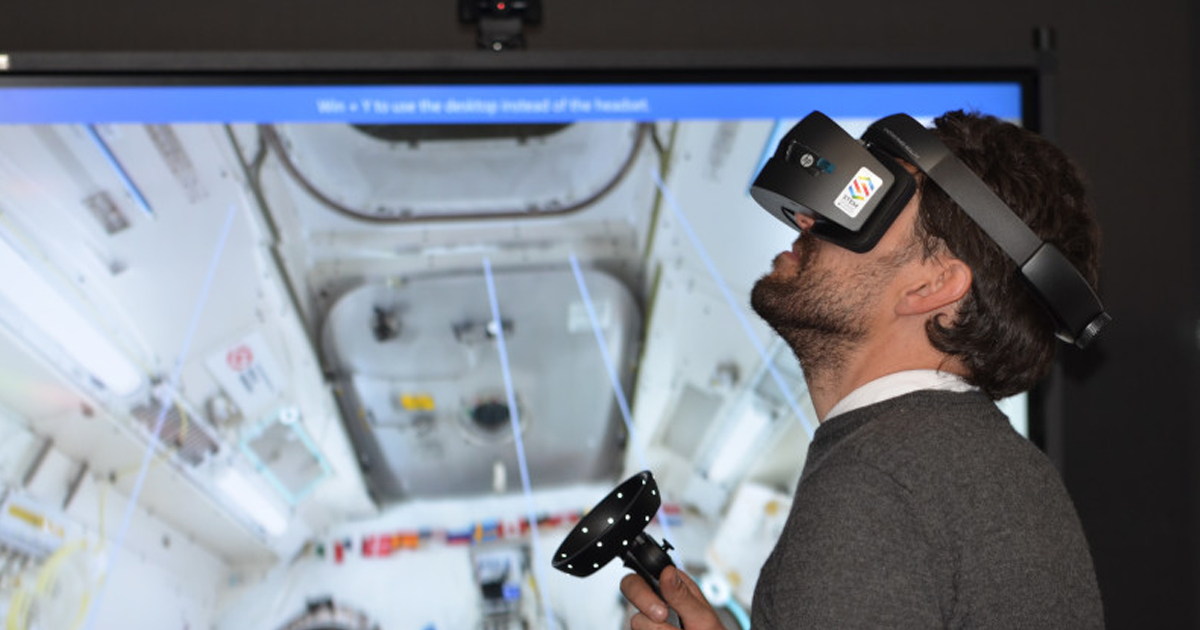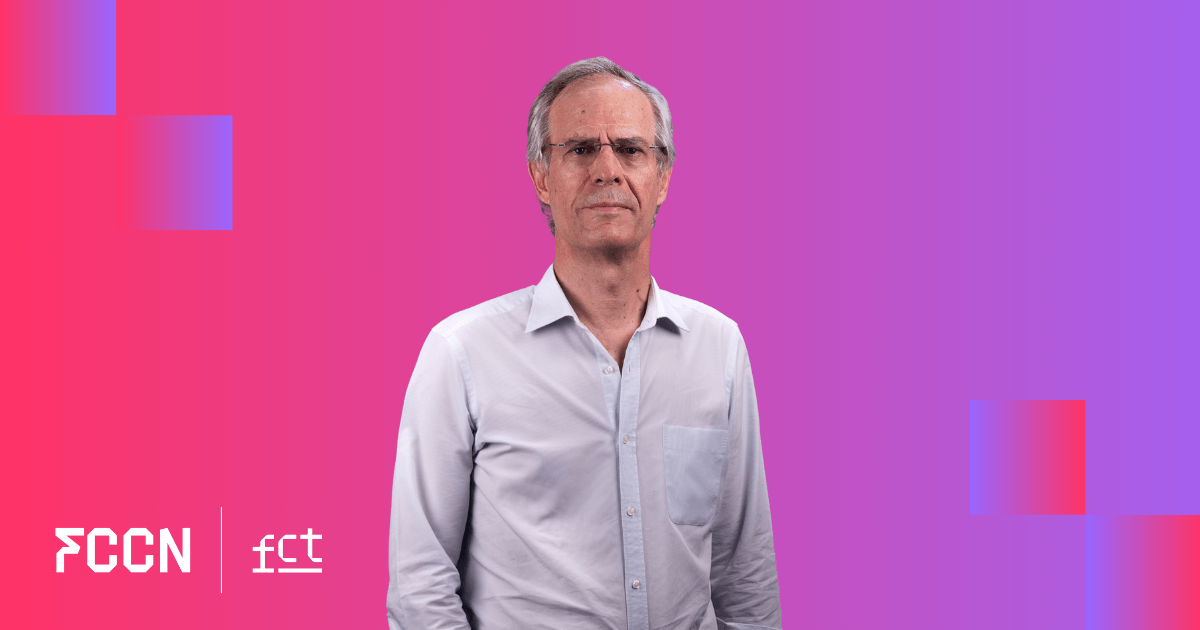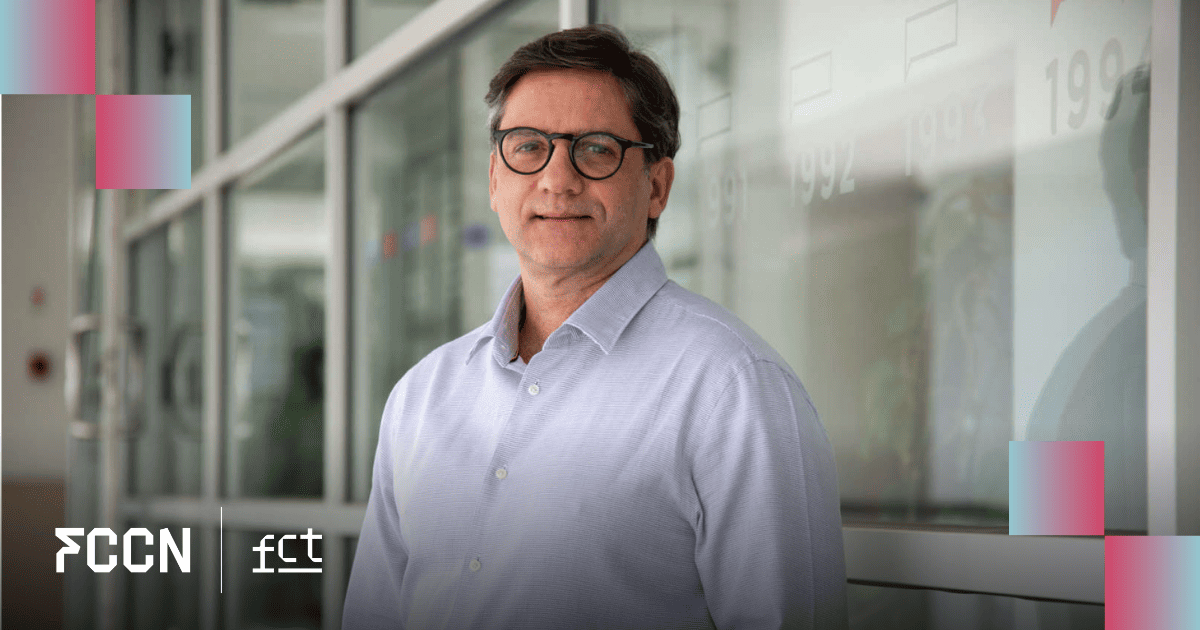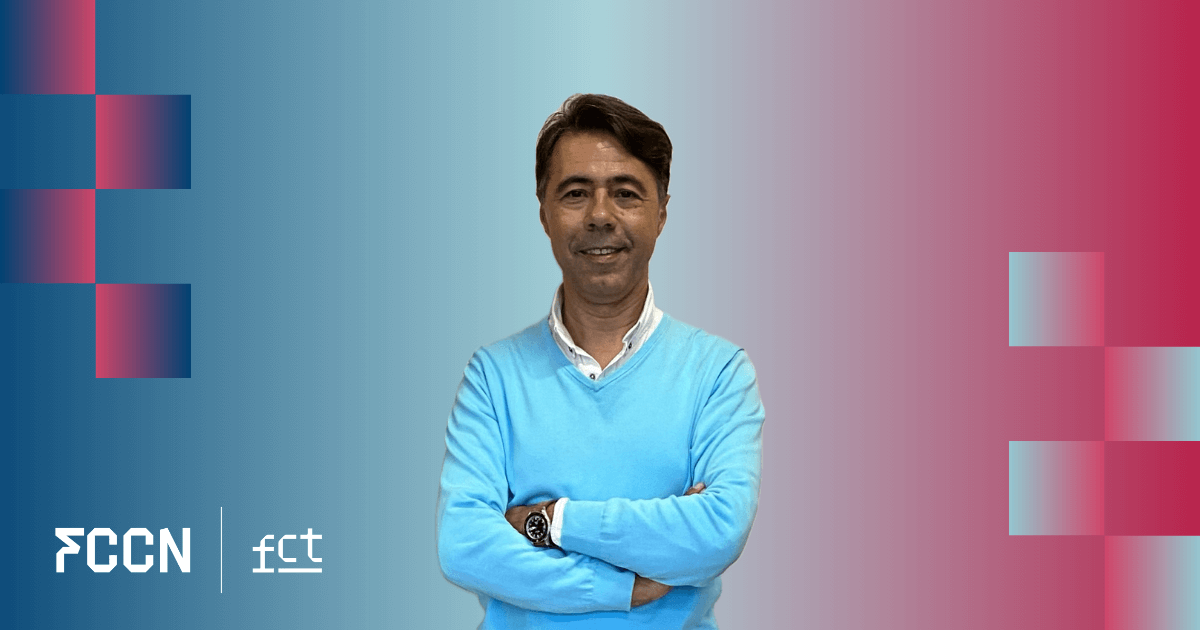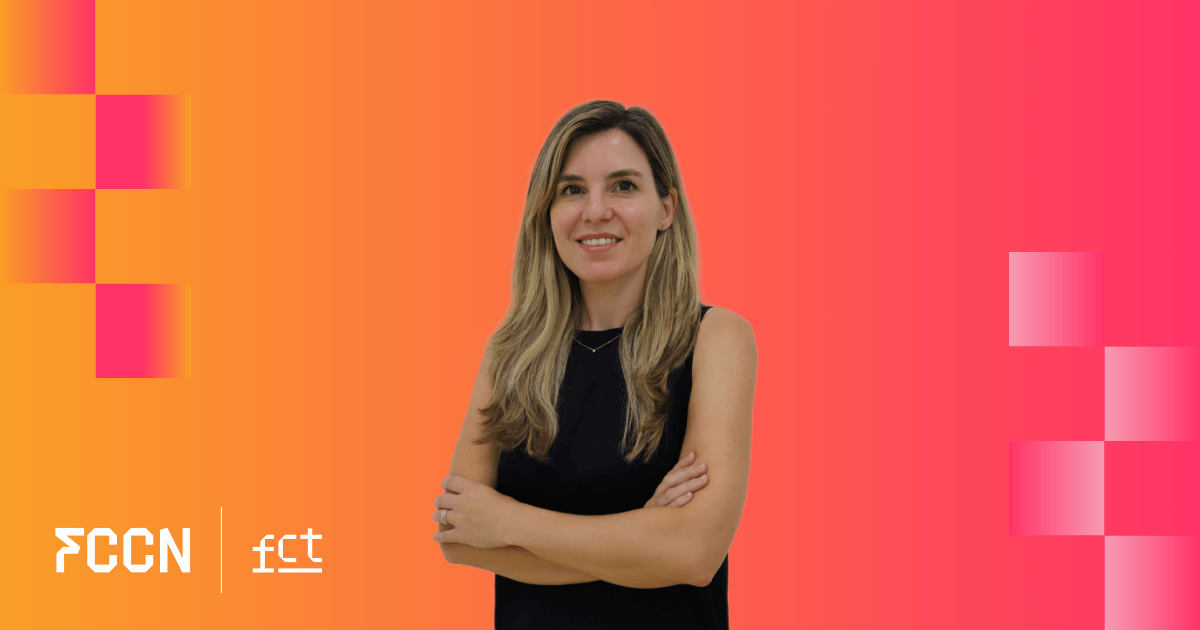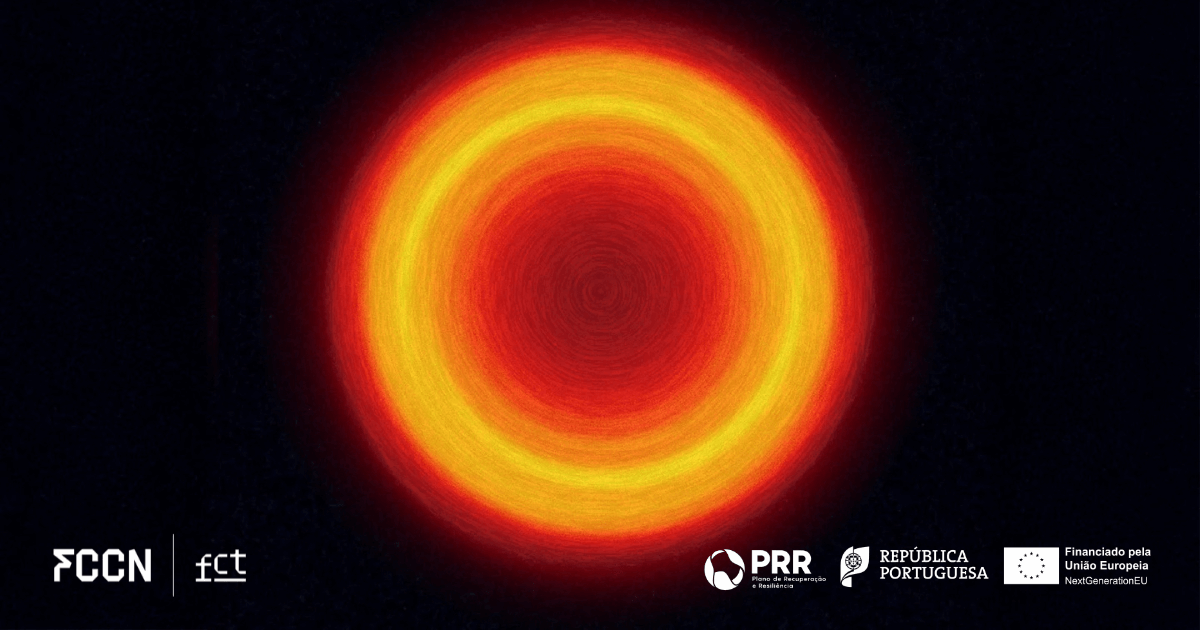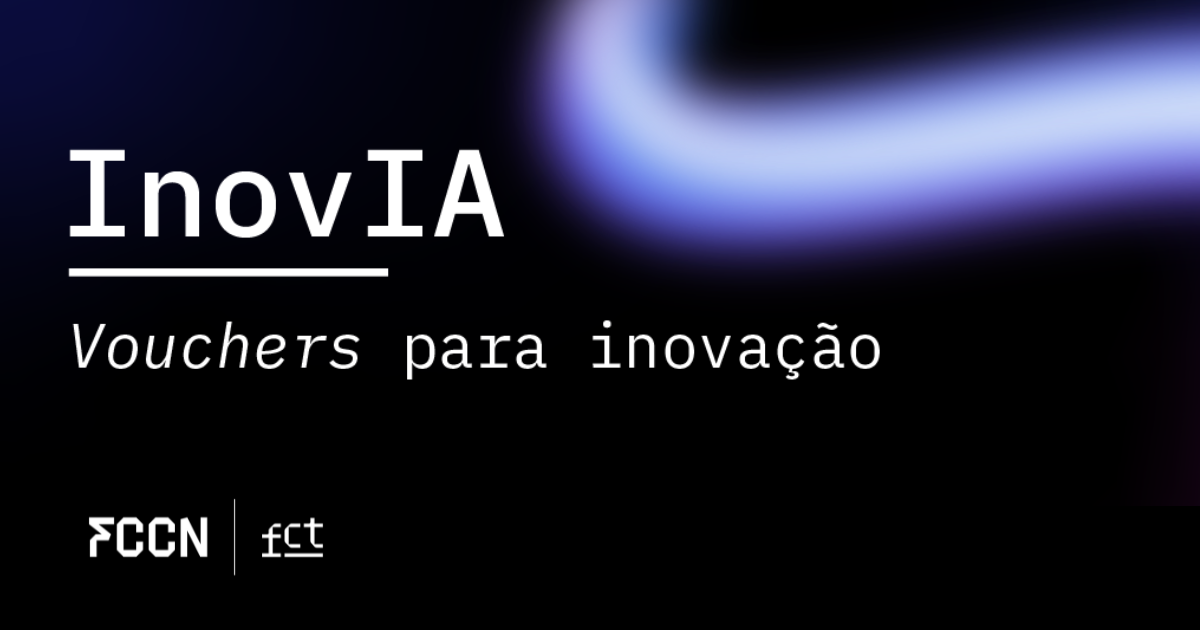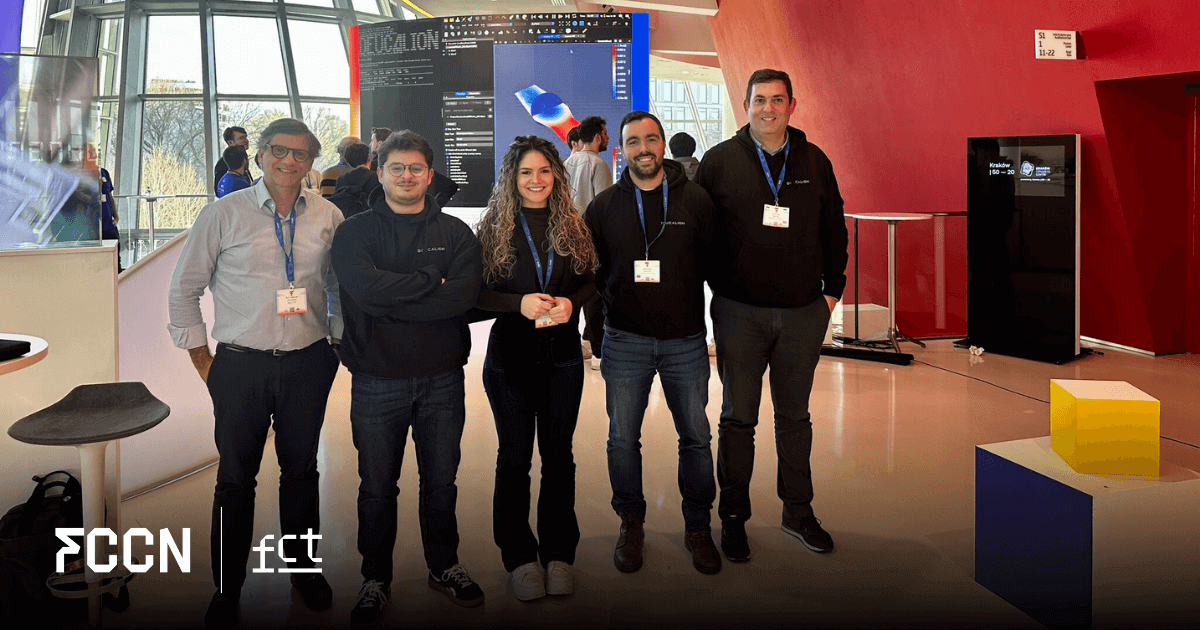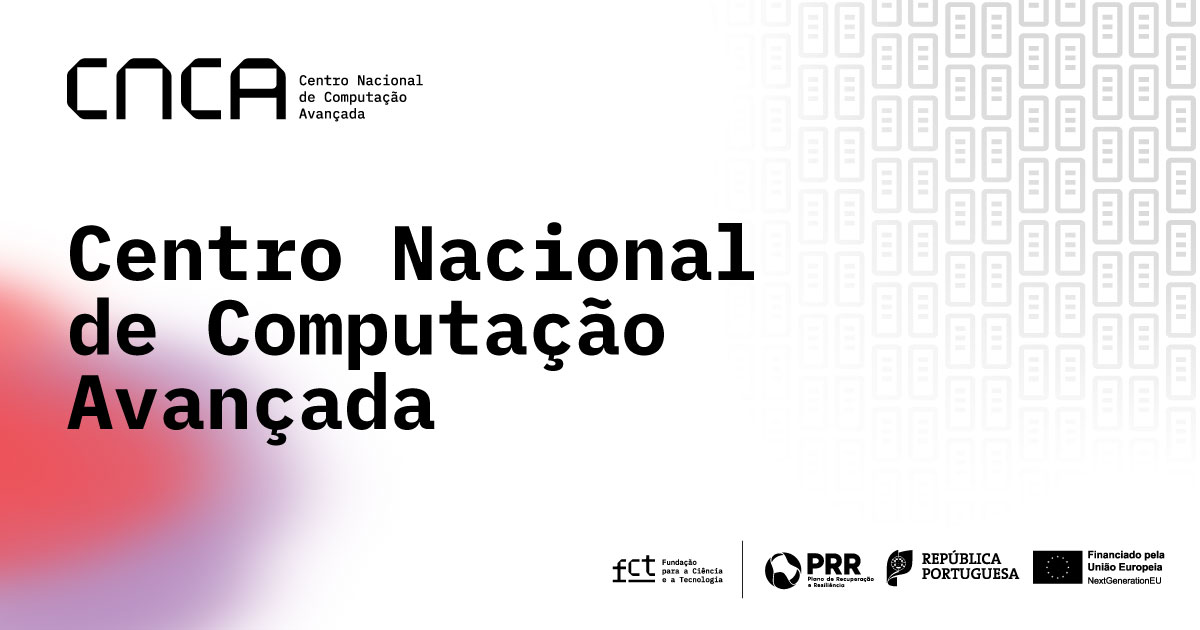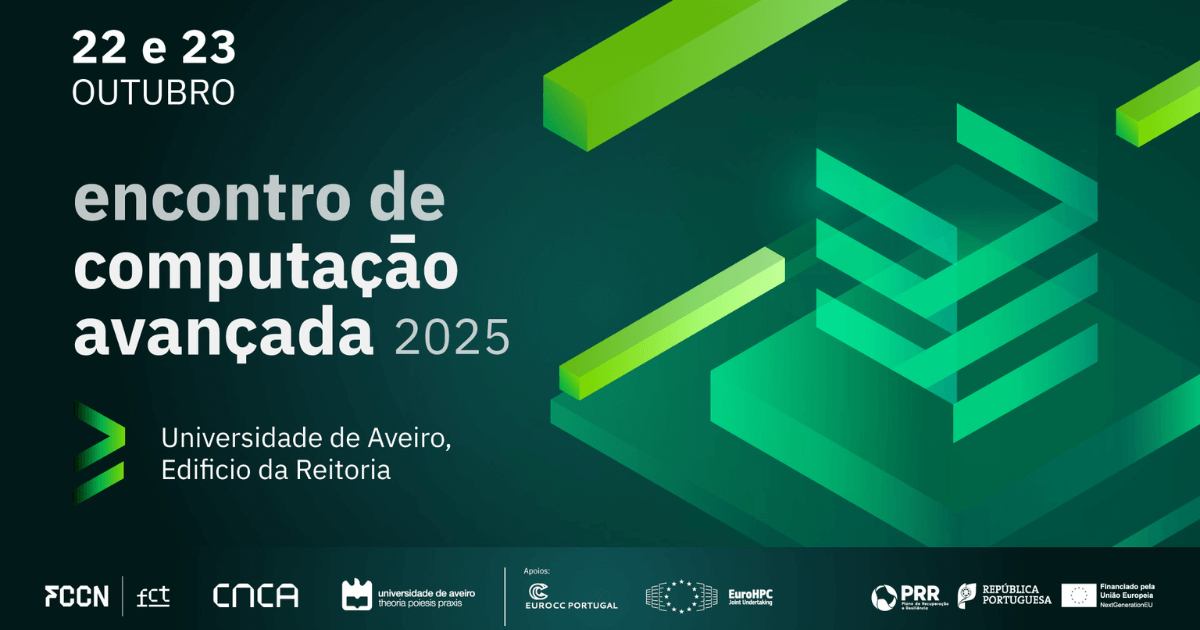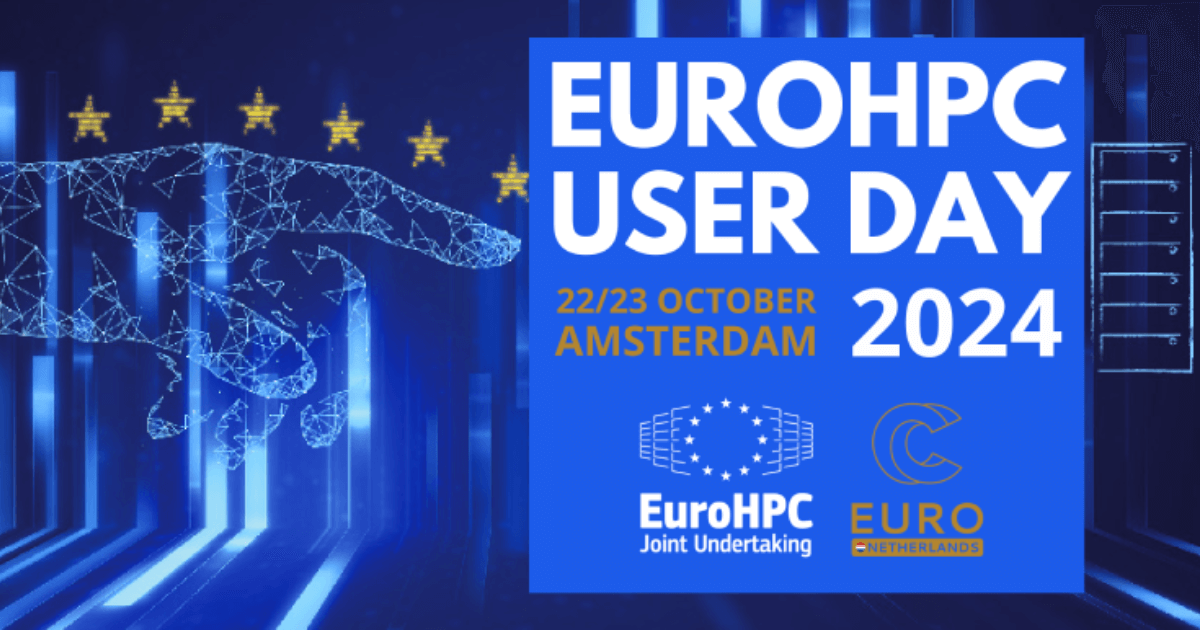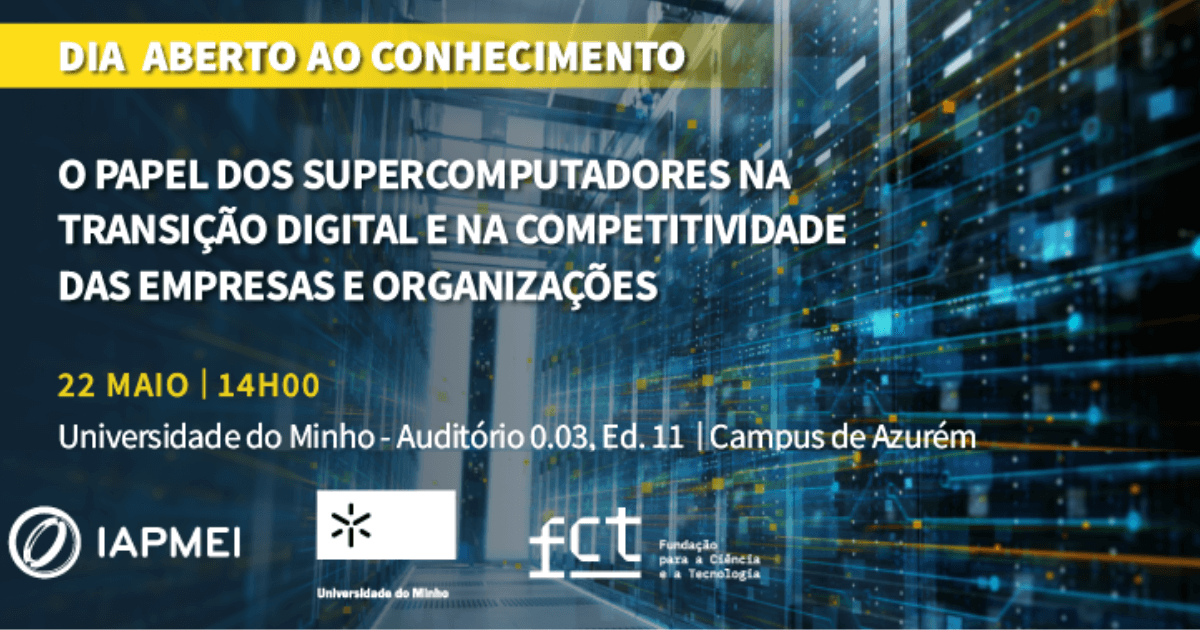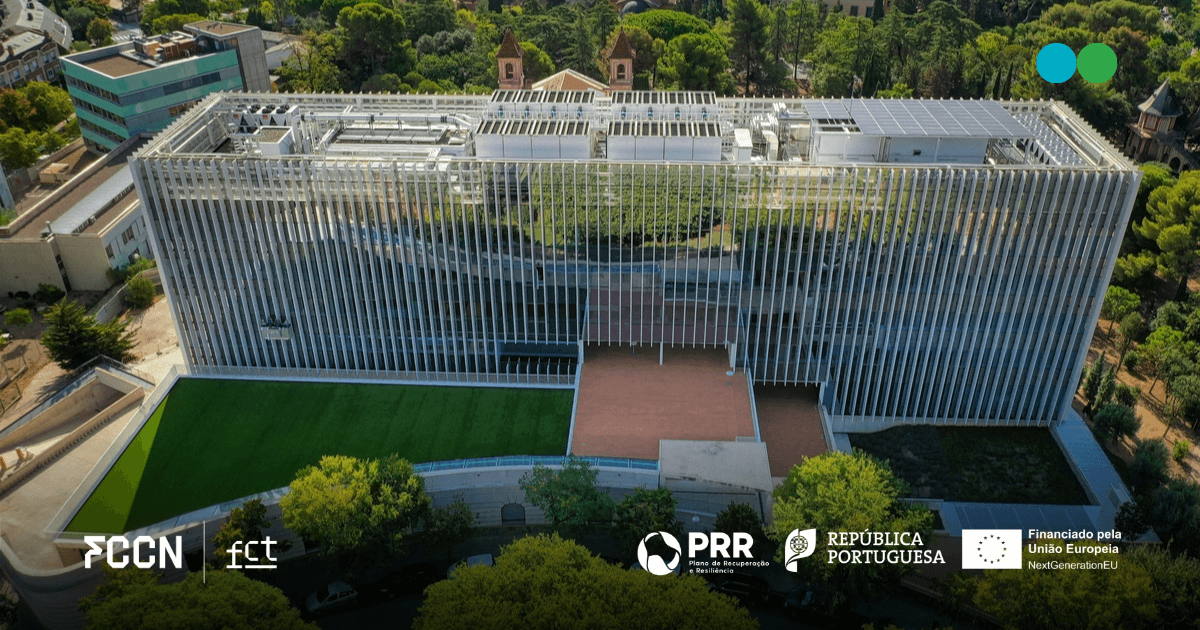There are currently seven Visualization Centers, whose mission is to strengthen support for Advanced Computing users in accessing High Performance Computing (HPC), High Throughput Computing (HTC) and Cloud resources.
The Visualization Centers were designed to create better conditions for research in the most diverse areas, through state-of-the-art software and hardware. This collaborative network between the Visualization Centers and the Competence Centers also aims to get closer to the industries and to reinforce existing relationships. Get to know some of them.
Visualization Center of the University of Lisbon, at Instituto Superior Técnico (IST)
"The Visualization Center is a unique resource not only for presenting new products and solutions in all sectors of Science, Engineering and Architecture, but also as a tool for collaborative work in Computational Science and Engineering and in all areas where data and its exploitation with tools associated with Advanced Computing are critical."
- Luís Oliveira e Silva, full professor in the physics department at IST
The resources
The Visualization Center is installed in a dedicated room with the following equipment: Videowall with 12 monitors in 4×3 configuration of 55″ (4.87m x 2.06m) thin bezel, 12 NUC i7, 16GB ram, 512GB, Graphics Workstation; Two 60″ professional UHD professional monitors; Videoconferencing infrastructure (Two high-resolution PTZ cameras; Two self-amplified studio monitors; Tabletop microphone (boundary) and also network infrastructure with 10Gbit/s RCTS connectivity and wireless infrastructure.
The Visualization Center also serves as a meeting/focus point for the scientific community associated with High Performance Computing at IST, thus enhancing the impact of the community.
The areas in which they have been used
The Visualization Center has supported the training of IST's EuroCC MSc Fellows, who work in the areas of Computer Engineering, Quantum Computing, Mechanical Engineering, Biomedical/Biological Engineering, Physics, Mechanical and Aerospace Engineering, and Electrical and Computer Engineering.
In addition to this support, it has been used for scientific work by research teams in Mechanical Engineering, Computational Fluid Mechanics, and Physics.
Some results already obtained
In addition to the training component, the research groups operating the Visualization Center have used the available resources to explore scenarios relevant to complex fluid simulations and plasma physics/nuclear fusion.
The main challenges they still face
The Visualization Center is in the final stages of testing and progressive opening to the IST and ULisboa community, and is expected to be fully operational in the near future (the technical infrastructure is finished, only detail/access/logistical support issues are missing). We foresee that as soon as all infrastructure is properly tested and installed it will become of intensive use at IST and ULisboa.
Joel Guerreiro (University of Algarve) and Thales Silva (Instituto Superior Técnico)
Visualization Center of the University of Algarve (UAlg)
"Innovation and technology discovery with processing and visualization capabilities, as well as technology transfer to the community are the main contributions of the center."
- Joel Guerreiro, full professor and director of the Computer Services at UAlg
The resources
The services are: Processing Visualization, Virtual Reality Visualization, Processing and Storage.
The Processing Visualization service has at its disposal an 86″ monitor with 4K Resolution and an i9 PC, 64Gb RAM with NVIDIA Geforce RTX 2080 discrete graphics card.
The Virtual Reality Service uses the same PC and virtual reality glasses, for storage we have a NAS with 4TB of capacity and for processing, as already mentioned, a server with 22 Processor Cores, 512GB of RAM and an NVIDIA Tesla M10 GPU graphics card.
The areas in which they have been used
The UAlg center works in different areas, namely DNA sequencing, constrained networks, Cloud processing of constrained networks and support to the Artificial Intelligence and Distributed Processing CUs.
Some results already obtained
Two successfully completed PhDs have taken advantage of the technology, processing and visualization capabilities of UAlg's Visualization Center.
A first PhD that implemented optimization algorithms for registered sensor resources in a cloud environment (Se-aaS) and a second on resource optimization in federated sensor networks using RELOAD/CoAP protocols.
The main challenges they still face
For one thing, the little internal processing power to cope with the requested needs. The display space being only one monitor.
